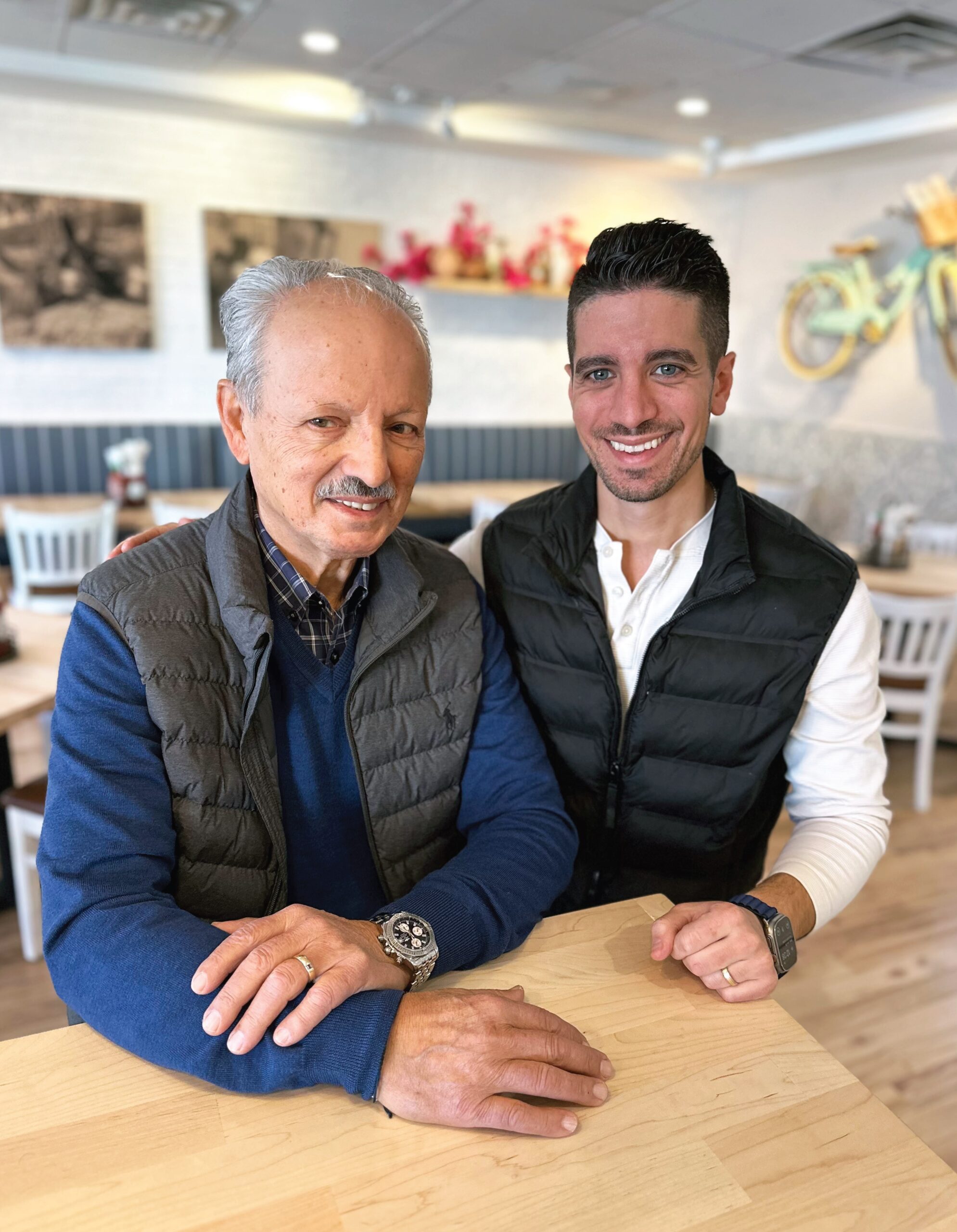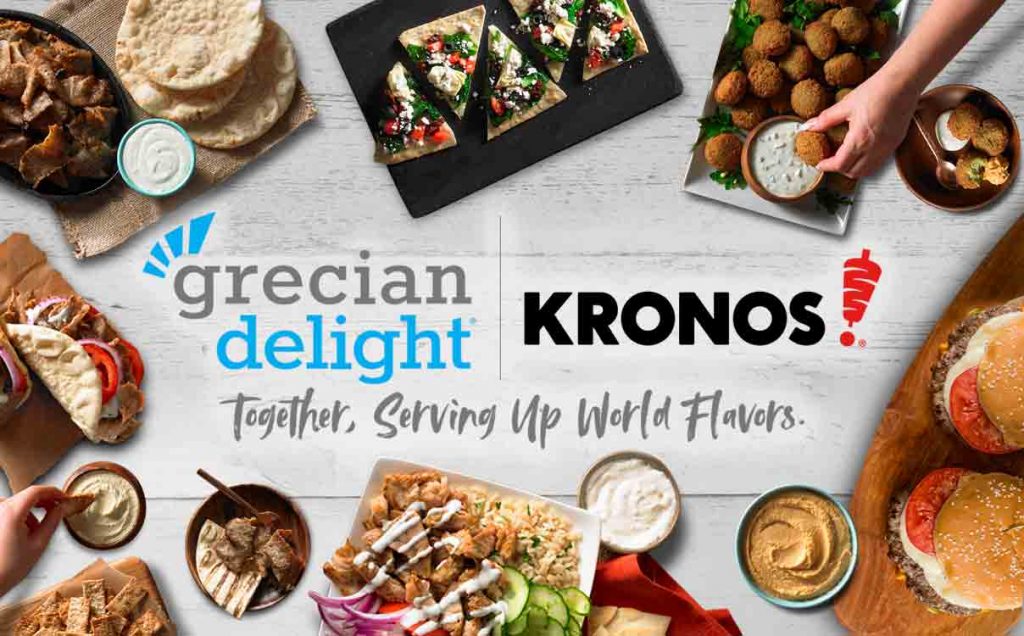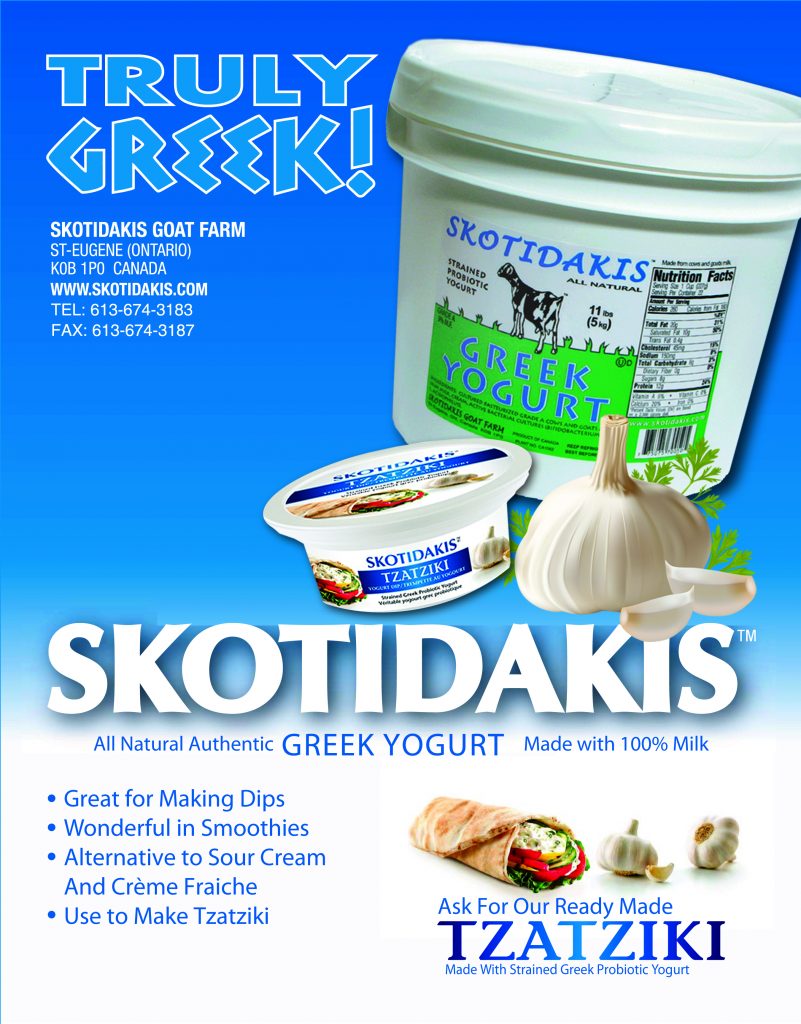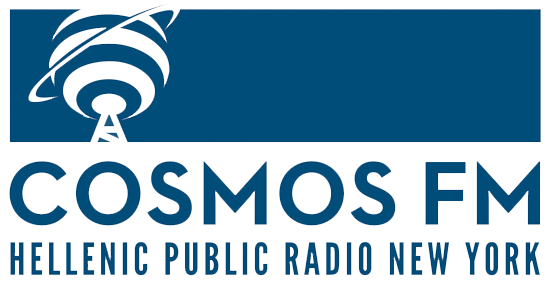Pita Greek Gives Up The Ghost (Kitchen)
Posted by estiator at 15 April, at 22 : 00 PM Print


After years as a virtual restaurant, Nicholas Lambos’ fast-casual brand opens a brick-and-mortar location. By Michael Kaminer
For residents of New York’s Rockland County, Pita Greek has been a go-to for gyros, souvlaki, salads, and pita sandwiches. But Pita Greek never really existed ― in brick-and-mortar form, at least. Now, after five years as a “ghost kitchen” inside Rockland’s upscale Aqua-Terra Grille, Pita Greek has finally opened in its own space, a bright, airy storefront in Nanuet, NY, less than two miles from the restaurant that helped birth it.
“We had been thinking about a space for a while, and we were lucky to come across a space not far from AquaTerra,” says Nicholas Lambos, co-founder of Pita Greek and co-owner/general manager of AquaTerra, which his parents started 15 years ago. “It was the right place at the right time. We opened in January, and it’s exceeded our expectations. And I believe that fine-tuning the concept as a ghost kitchen is helping us succeed as a brick-and-mortar.”
AquaTerra’s menu has earned acclaim for high-end offerings like charred octopus and lamb lollipops; Pita Greek “is all about the gyro and souvlaki,” says Lambos, 33, an alumnus of the Culinary Institute of America in Poughkeepsie who earned a BA in hospitality administration from Florida International University before working at Manhattan institutions like Estiatorio Milos and Limani. “That’s what everyone comes for, whether it’s chicken, beef, or lamb. Our souvlaki is prepared in-house, as are all of our spreads. Our tzatziki is made with Stani Dairy Greek yogurt.” Spanakopita is made in-house; baklava is lovingly prepared according to his mother’s own recipe. Salads feature only fresh produce, with tomatoes getting ripened in Pita Greek’s warm-storage room.
And while Pita Greek’s menu feels like a 180-degree swerve from AquaTerra’s high-end offerings, Lambos harnessed a synergy between the two concepts. “We have upscale dining in our DNA, which means doing our best every day to provide the best level of ingredients,” he says. “It’s also beneficial that I learned from a high level of dining throughout my training and education,” Lambos says. “I bring traditional methods to the Pita Greek concept, along with the stuff I learned at culinary school and places like Milos. I also believe that if I can put out five things right, that’s what I’m going to focus on. I’m not going to put out a sixth thing just to do it. If I have something that doesn’t work, I’m going to take it off the menu, perfect it, then get it back on.”
Lambos’ parents, who own AquaTerra, are veteran estiator Stavros Lambos and wife Stavroula. Stavros Lambos’ half-century in the industry includes founding New York-area restaurants Munch Time, Crown Donuts, Hudson Bay, and The Harbor Restaurant. “My parents came from the same village on Lesbos, and emigrated in the 1970s,” he says. Lambos’ brother, Stratos, also a co-owner of Aqua-Terra, is his partner in Pita Greek. The ghost kitchen’s success was not an accident, Lambos says. “First of all, I did a ton of research on ghost kitchens before we launched the Pita Greek concept,” he says. “It sounds obvious, but it’s important to cross-utilize ingredients, meaning you don’t open a Chinese-food ghost kitchen out of an Italian restaurant. Pita Greek was a natural fit for AquaTerra Grille’s kitchen, because we were pushing out a Greek concept from a Mediterranean restaurant. We were also able to cross-use staff.”
The idea for Pita Greek was born during the pandemic, Lambos says. “AquaTerra was doing great, and then Covid hit. We were forced to pivot dramatically, to takeout only. We had to go back to the drawing board to find the optimal packaging and alter our menu to see which dishes would travel best, and we did a pretty good job with it,” he recalls. “But we had to lay off staff. It was the four of us in the family working to keep our business alive. If there’s a silver lining, it’s that AquaTerra Grille became even more of a staple in the neighborhood. People hadn’t thought about us for take-out because we’re high-end. But neighbors started relying on us for that,” he says.


At the same time, Lambos kept contemplating a plan he had long nurtured for a fast-casual Greek concept. “Just before the pandemic closures, I actually had an appointment to see a space in New Jersey for that,” he says. “We had to cancel it, of course, because we knew what was coming.” Lambos had read about ghost kitchens as an up-and-coming trend, and the concept clicked for a different iteration of Pita Greek. “I said, ‘Why not?’ It would allow us to launch Pita Greek with minimal costs. I hired a photographer, a graphic designer, and a person to help with digital marketing.” The team created a website and menus. Lambos snagged a tablet to process orders. And on December 1, 2020, Pita Greek was born.
“Off the jump, it caught on,” he says. “This kind of casual Greek dining is still an underserved market. We tweaked some things along the way, but Pita Greek became a local staple for Greek takeout, even without a brick-and-mortar.” Social media played a huge role in the brand’s growth, and continues to, Lambos says. “Social was everything. We used cool, clear images of the food, and we had videos and Reels promoting new dishes and specials. We were constantly blasting social media.” The brick-and-mortar location is taking a similar approach to marketing. “I’ve already established a pretty big presence for our restaurants on social. We bring some personality and humor to the videos. We do cooking videos. People always come in and tell us how much they love that content. It’s not easy to create it constantly, but it’s a big part of our strategy, and it really helps bring people in.” His father, he adds with a laugh, “is not so much into doing videos, but he loves watching them.”
In its design, Pita Greek’s new home captures the freshness and attitude of Lambos’ approach. The space is designed by New York City’s Demetris Charalambous, whose firm chdinteriordesign has also designed Big Apple hotspots including Estia, Paros, Anassa Tavern, and Casa Limone. Pita Greek’s 2,000-square-foot space boasts 40 seats, with an additional 25 on an outdoor terrace. “It’s a fun space, a light and airy take on Mediterranean,” Lambos says. “We used imported Italian tiles. You see bright maple wood everywhere. We have chairs in fun colors. There’s terrific light from very large windows. But we also wanted it to feel homey, so I found a lot of vintage photos, including photos of my grandparents and other inspirations from my life. There is pottery from where my parents grew up in Greece. And there’s bougainvillea for color.” One conversation-starter in the room is a giant sign that proclaims, “Όλα Καλά” ― all is well.
A corner of Pita Greek also houses a small market with olive oils, pastries, vinegars, and tahinis; a grab-and-go selection includes a large display case of fresh desserts.
What’s next for Lambos, his brother Stratos, and their brand? “Right now, we’re just focused on making Pita Greek the perfect restaurant,” says Lambos, who married the former Alexandra Anagonostou in November, and honeymooned on the Cayman Islands in December. “It’s been all Pita Greek, all the time. When we got back, my wife, who’s a commercial real estate broker, said, ‘I’m probably not going to see you much.’ But we’re establishing a nice, solid team at Pita Greek, and while no restaurant runs itself, we’re getting into a very good rhythm where I can also get back to my role at AquaTerra Grille. We would love to scale Pita Greek.”















